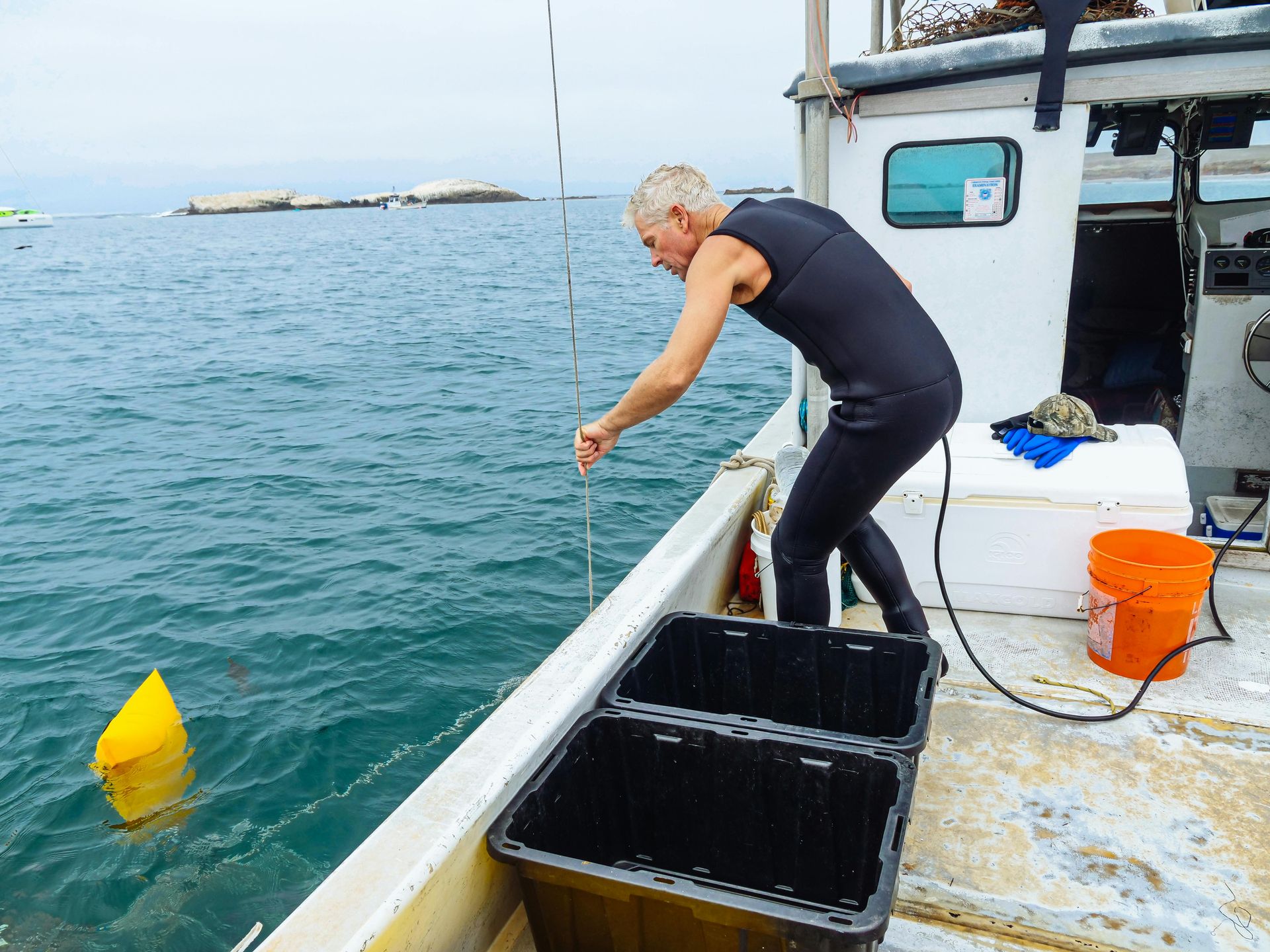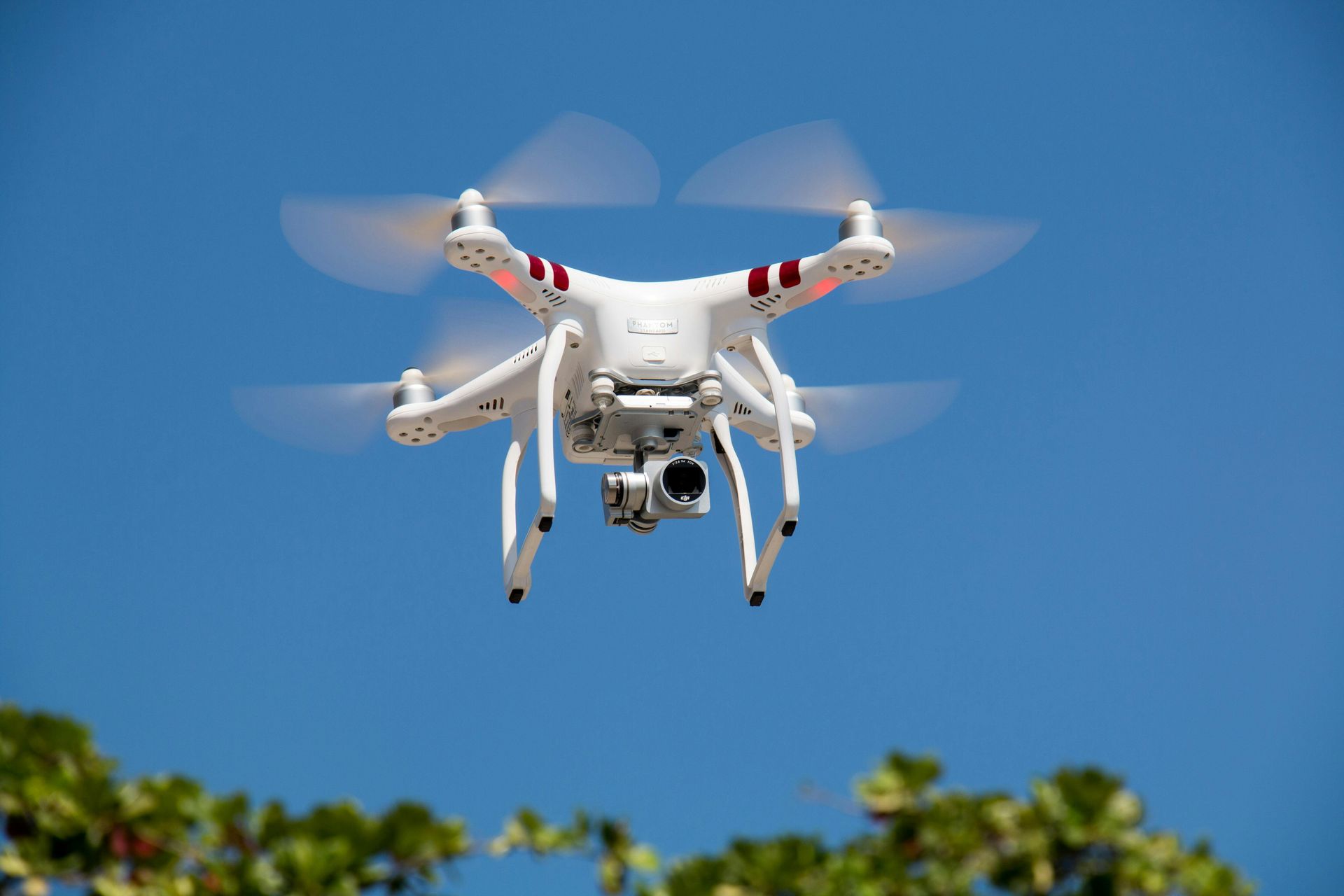Adams & Associates - Learn with Us
The Ultimate Guide to Emergency Financial Planning: Everything Hawaii Businesses Need to Survive Disasters
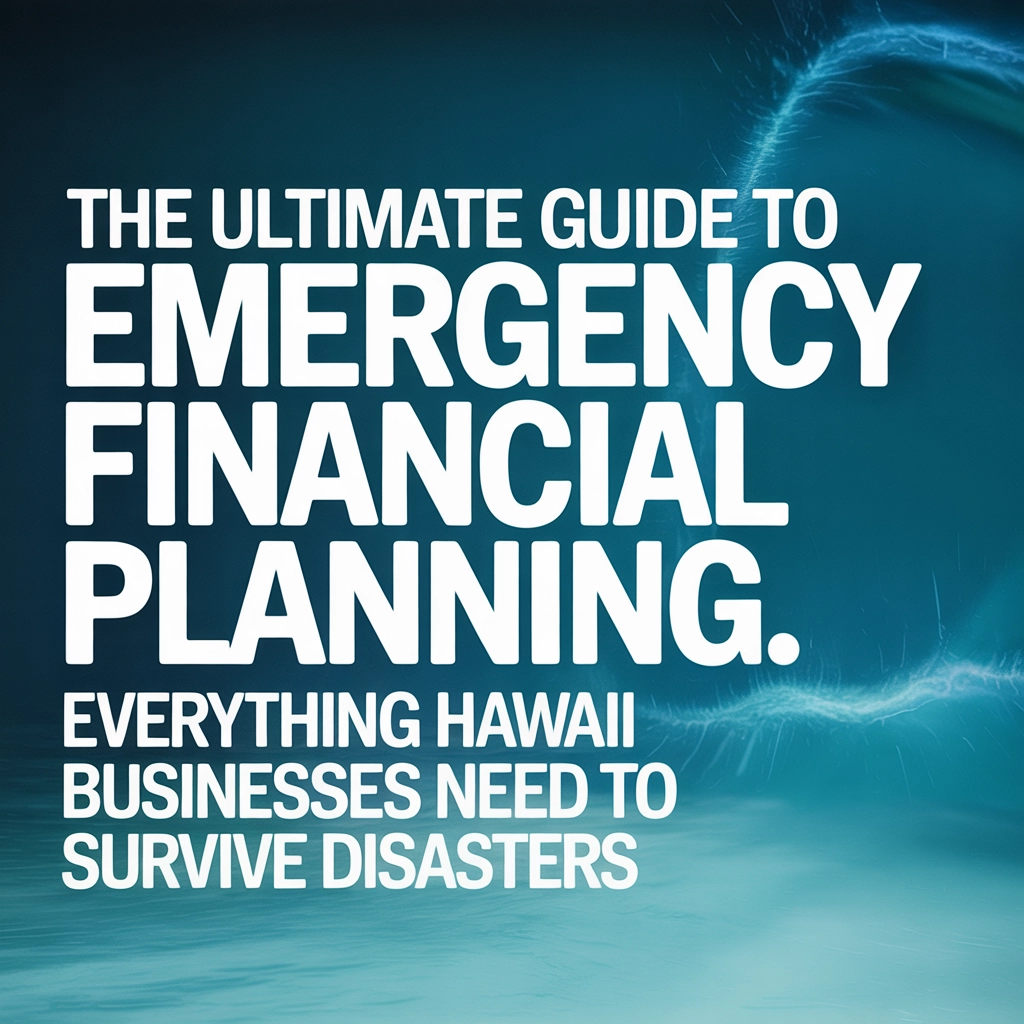
Living and running a business in paradise comes with some unique challenges. While Hawaii offers incredible beauty and opportunity, it also sits right in the path of hurricanes, tsunamis, and volcanic activity. As a business owner, you need to be ready for whatever Mother Nature throws your way.
The good news? You can absolutely prepare your business to weather any storm. Let's walk through everything you need to know about emergency financial planning that actually works for Hawaii businesses.
Why Hawaii Businesses Face Special Challenges
Here's the reality: when disaster strikes in Hawaii, you're dealing with more than just the immediate damage. You're 2,400 miles from the nearest mainland, which means:
• Supply chains get disrupted longer than anywhere else • Emergency resources take days or weeks to arrive • Recovery materials and equipment cost more to ship in • Your customers might be dealing with their own financial struggles
This isn't meant to scare you – it's just the truth about operating in our beautiful but isolated location. Once you understand these challenges, you can plan for them.

Building Your Emergency Cash Reserve
Let's start with the foundation: your emergency fund. You've probably heard the advice to save three to six months of expenses, but what does that actually look like for your business?
Step 1: Calculate Your True Monthly Expenses
Write down everything you absolutely must pay each month: • Rent or mortgage payments • Utilities (electricity, water, internet, phone) • Payroll for essential employees • Insurance premiums • Loan payments • Critical supplier costs
Step 2: Multiply by Six
Take that monthly total and multiply by six. That's your target emergency fund. Yes, it might seem like a lot, but remember – in Hawaii, disruptions last longer.
Step 3: Start Small and Build Consistently
Don't stress if you can't save that much right away. Even $500 a month adds up quickly. Set up automatic transfers so you're not tempted to skip months.
Getting Your Insurance Right
Your insurance coverage is your financial safety net, but many Hawaii business owners make critical mistakes here. Let's fix that.
The Coverage You Actually Need
Standard business insurance often doesn't cover the disasters we face in Hawaii. Make sure you have: • Hurricane/windstorm coverage • Flood insurance (separate from regular coverage) • Business interruption insurance • Equipment replacement coverage
Annual Insurance Checkup
Set a yearly reminder to review your coverage. Your business grows and changes, and your insurance should too. Ask yourself: • Do my coverage limits still match my current business value? • Have I added new equipment or inventory that needs protection? • Are my business interruption limits realistic for Hawaii's longer recovery times?
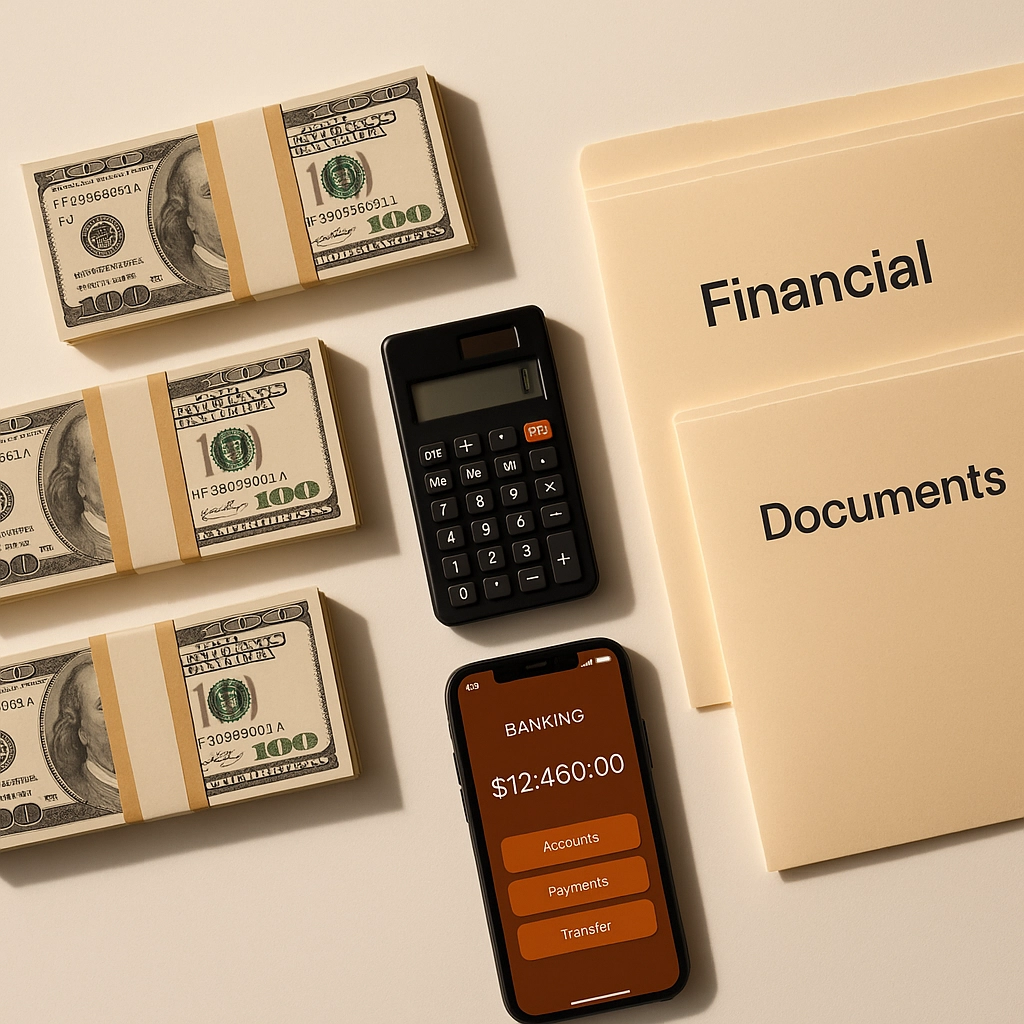
Creating Your Financial Emergency Kit
Just like you have a home emergency kit, your business needs a financial one. Here's what to include:
Essential Documents (Keep Multiple Copies) • Insurance policies • Bank account information • Vendor contracts and contact info • Employee contact information • Tax records from the past three years • Business licenses and permits
Digital and Physical Access • Keep copies in multiple locations (office, home, cloud storage) • Make sure at least two people can access your accounts • Store some emergency cash in a safe location
Banking Relationships
Don't put all your eggs in one basket. Have accounts with at least two different banks or credit unions. If one institution has problems after a disaster, you'll still have access to funds.
Business Continuity That Actually Works
Emergency financial planning isn't just about having money – it's about keeping your business running when everything else stops working.
Employee Preparedness
Your team is your most valuable asset. Make sure they're prepared too: • Help employees create their own emergency funds • Establish clear communication plans • Train multiple people on critical financial tasks • Consider setting up an employee emergency assistance fund
Vendor Relationships
Talk to your key suppliers now, before disaster strikes: • Negotiate extended payment terms for emergency situations • Identify backup suppliers on the mainland • Establish credit lines with critical vendors • Get written agreements about disaster procedures

When Disaster Strikes: Your Action Plan
When a hurricane warning goes up or the ground starts shaking, you need to move fast. Here's your financial disaster checklist:
Immediate Steps (First 24 Hours) • Secure physical cash from ATMs while they're working • Contact your bank to understand their emergency procedures • Activate any pre-arranged credit lines • Take photos/videos of your business and inventory • Download important financial documents to your phone
First Week • Document every disaster-related expense • Contact your insurance company to start claims • Notify vendors about potential payment delays • Check on employee financial needs • Apply for emergency business loans if needed
Recovery Resources for Hawaii Businesses
You're not alone in recovery. Hawaii has specific resources designed to help businesses bounce back:
Federal Programs • SBA Economic Injury Disaster Loans • FEMA disaster assistance for businesses • Tax relief and deadline extensions
Local Support • Hawaii State Small Business Development Center • County economic development offices • Local credit union emergency loan programs • Chamber of Commerce disaster recovery assistance
Banking Programs
Many local banks offer disaster hardship programs. For example, some institutions provide loan forbearance or deferment for up to three months for qualifying businesses affected by disasters.
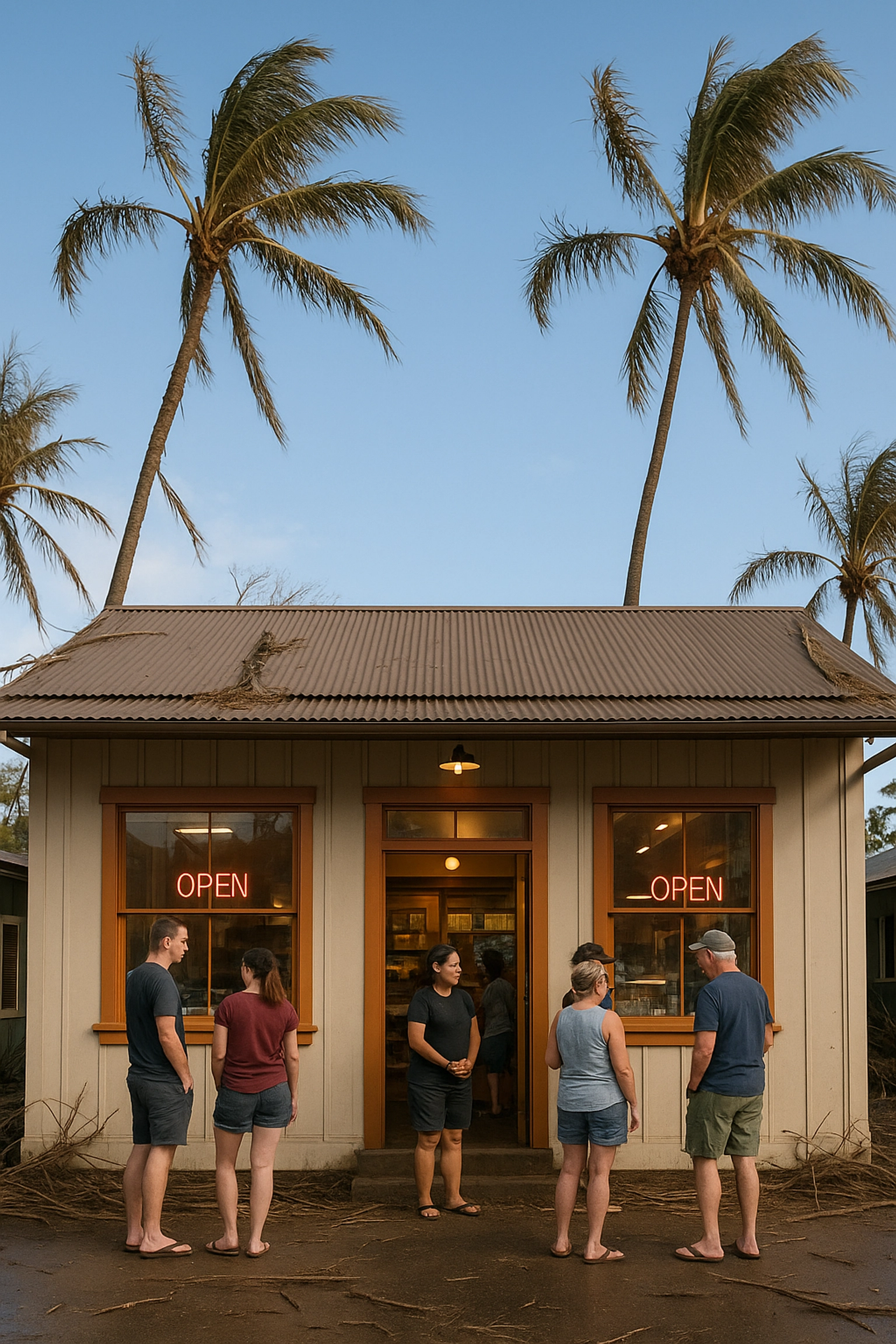
Making It All Work Together
The key to successful emergency financial planning is treating it like any other business process. Here's how to make it stick:
Quarterly Reviews • Check your emergency fund balance • Review insurance coverage • Update emergency contact lists • Test access to digital documents
Annual Planning • Reassess your emergency fund target • Shop insurance rates and coverage • Update your disaster response plan • Review vendor agreements
Community Connections
Join local business groups focused on disaster preparedness. The Hawaii Business Alliance and local chambers of commerce often have resources and networking opportunities that can make a huge difference during recovery.
Your Next Steps
Emergency financial planning might seem overwhelming, but you can start today with just one small step. Pick the easiest thing from this guide and do it this week. Maybe it's opening a separate savings account for emergencies, or maybe it's reviewing your insurance coverage.
Remember, the goal isn't perfection – it's preparation. Every step you take now makes your business stronger and more resilient.
The businesses that thrive after disasters aren't necessarily the biggest or the richest. They're the ones that planned ahead, built strong relationships, and had the financial resources to weather the storm and come back stronger.
Your business is part of Hawaii's economic ohana. When you prepare for disasters, you're not just protecting your own livelihood – you're helping our entire community stay strong and resilient.
Ready to get started? Contact us for a free business insurance consultation and make sure your coverage is ready for whatever comes next.






